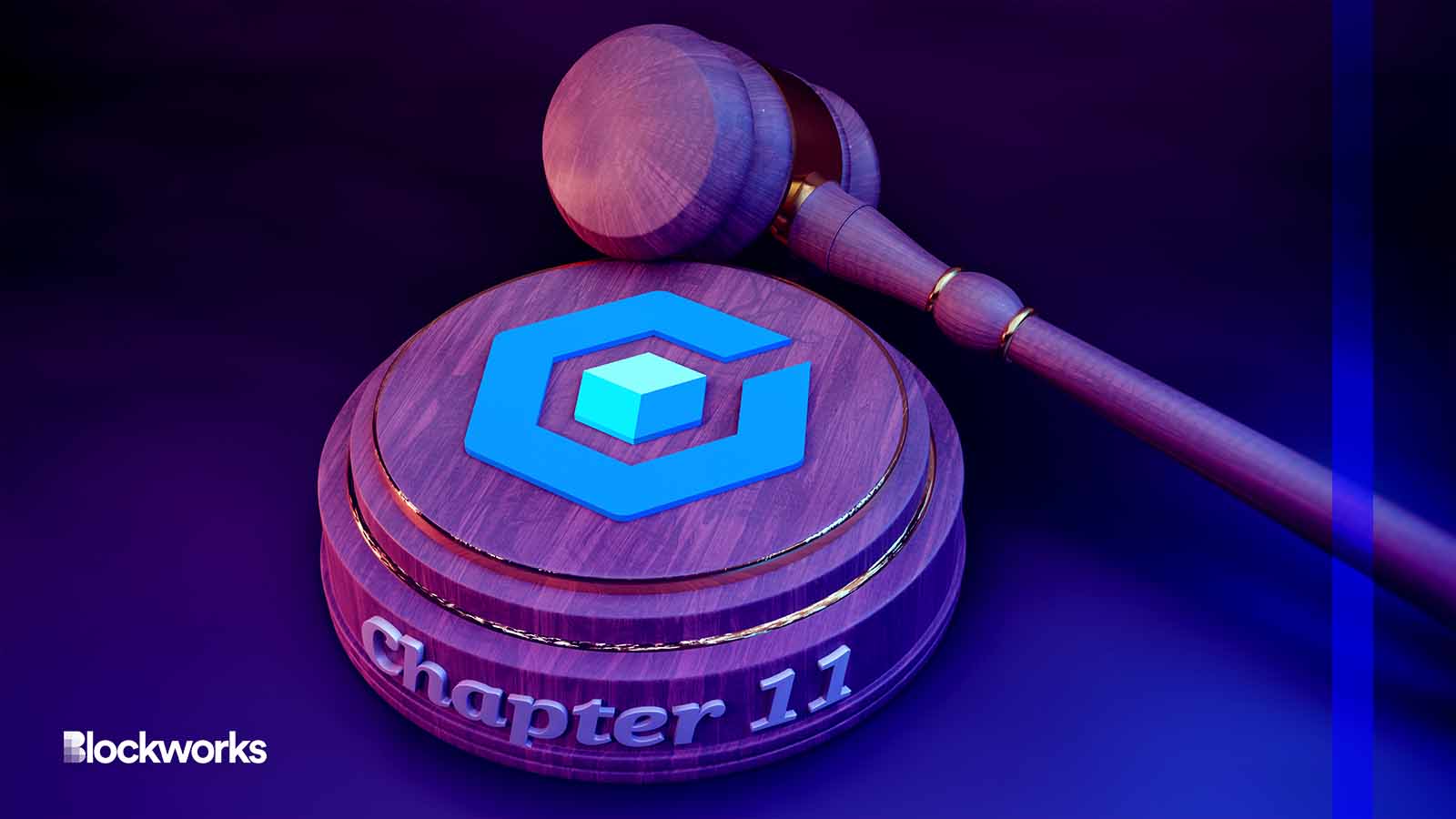Core Scientific is focused on efficiency while hash price hits rock bottom
CEO Adam Sullivan spoke to Blockworks about the latest with Core Scientific at the Permissionless conference in Austin, Texas

ioda/Shutterstock modified by Blockworks
Core Scientific, one of the largest bitcoin miners in the US, is in the midst of a switch up in strategy, according to CEO Adam Sullivan.
Previously serving as president, Sullivan was brought on as chief executive in early August to steer the company out of bankruptcy.
And while Core Scientific continues to wade through the restructuring process, Sullivan told Blockworks that his first big push as CEO was to chase efficiency instead of focusing on the raw numbers of mining machines plugged in and hashing.
“We are seeking ways to optimize performance and efficiency at both the data center and individual miner level. We are repositioning some of our machines between and inside of our facilities to increase post-halving profitability,” Sullivan said, adding that they want to “eke out the extra pennies, nickels and dimes wherever we can.”
Before Core Scientific filed for bankruptcy in December 2022, Sullivan stated that its primary strategy was to maximize the number of operational machines.
That calculus made sense in 2021 and 2022, especially when taking into account that mining profitability was at near all-time highs during a great portion of that two-year period, according to the Hashrate Index.
In fact, Core Scientific purchased 112,800 Bitmain ASICs in late April 2021, right when bitcoin’s hash price was in the range of $300 to $400 a day per petahash per second (PH/s).
Over two years later in August 2023, hash price has dropped off a cliff.
The price hovers at nearly $63 per day per petahash per second (PH/s) as of Tuesday, indicating an approximately sixfold decrease since the 2021 bull run.
Sullivan also discussed the importance of making derivatives bets in a commodities market such as bitcoin mining. If done wisely, a bitcoin miner can lock in cash flow during times when the volatile commodity — in this case, bitcoin (BTC) — is in the midst of a downturn.
According to an example given by Sulivan, if bitcoin was trading around $30,000 and suddenly flashed up to $40,000, he would happily choose to hedge for the next three months at a rate of $40,000, rather than waiting in anticipation of a further increase.
When asked if he would pursue a scenario like that in the future, Sullivan said that once Core Scientific emerges from bankruptcy, “those are some of the types of opportunities we will be looking for.”
The publicly traded miner recently struck a $45 million deal with Celsius Mining, one firm Core Scientific used to host machines for, to end all litigation claims partly related to unpaid fees.
Core Scientific is scheduled for its disclosure statement hearing in the Southern District of Texas on Sept. 27, potentially enabling a vote on its second reorganization plan.
Get the news in your inbox. Explore Blockworks newsletters:
- The Breakdown: Decoding crypto and the markets. Daily.
- 0xResearch: Alpha in your inbox. Think like an analyst.






